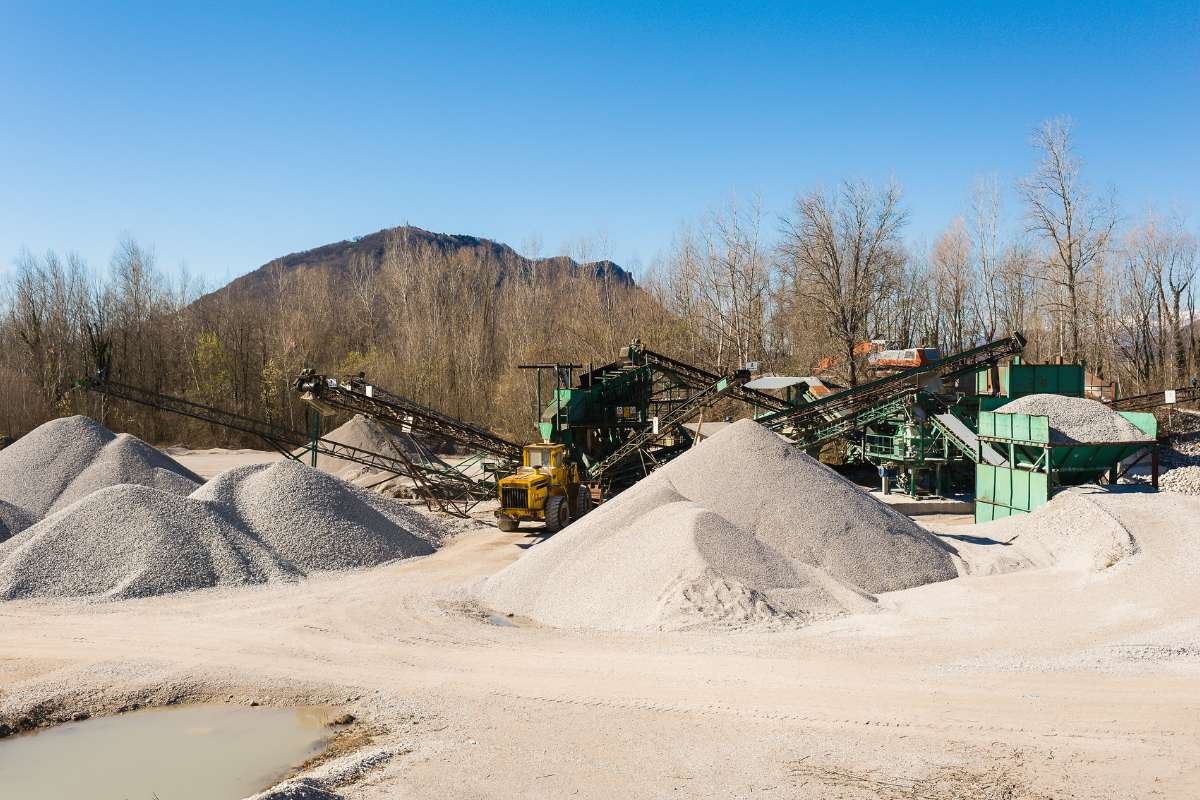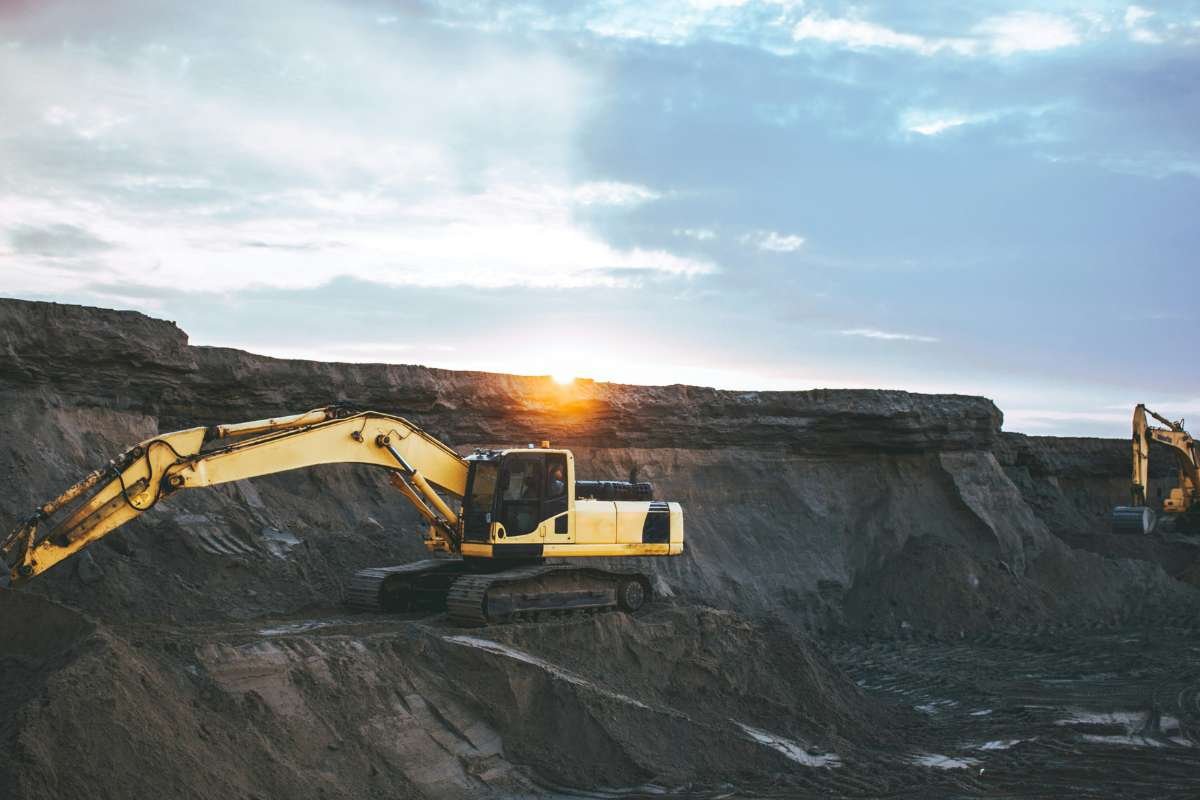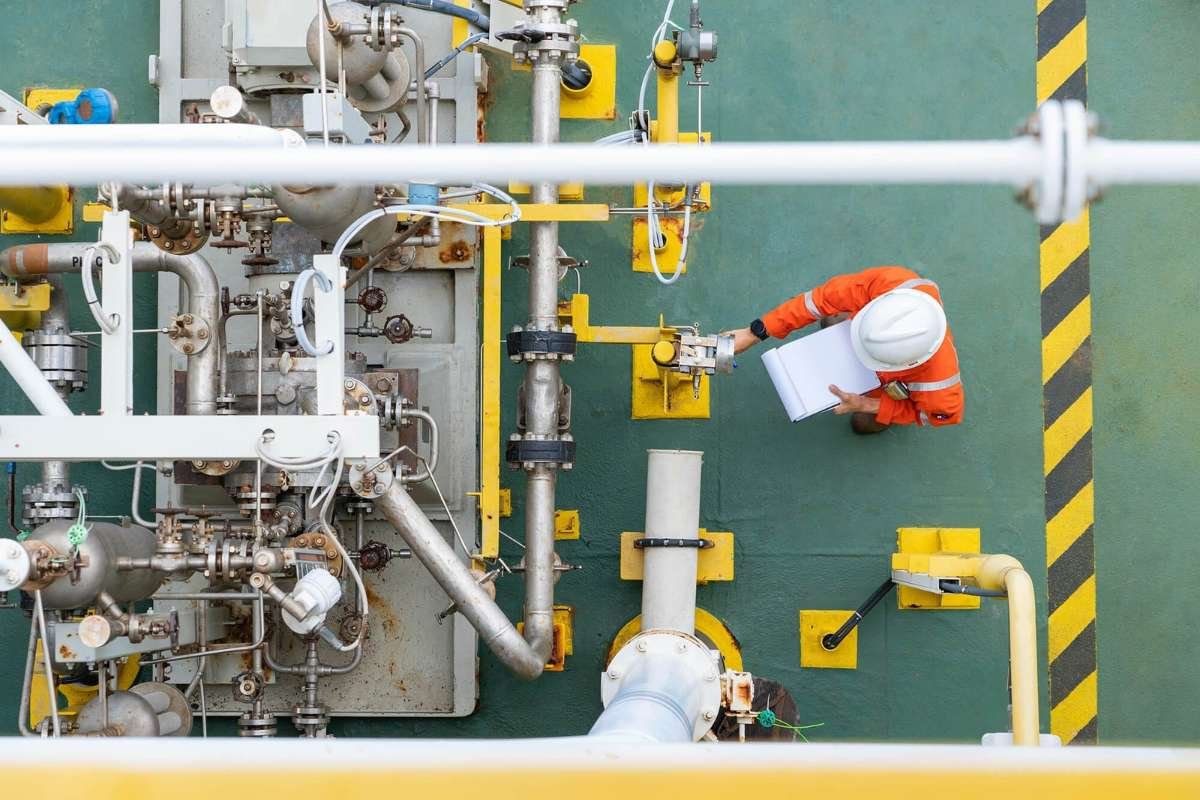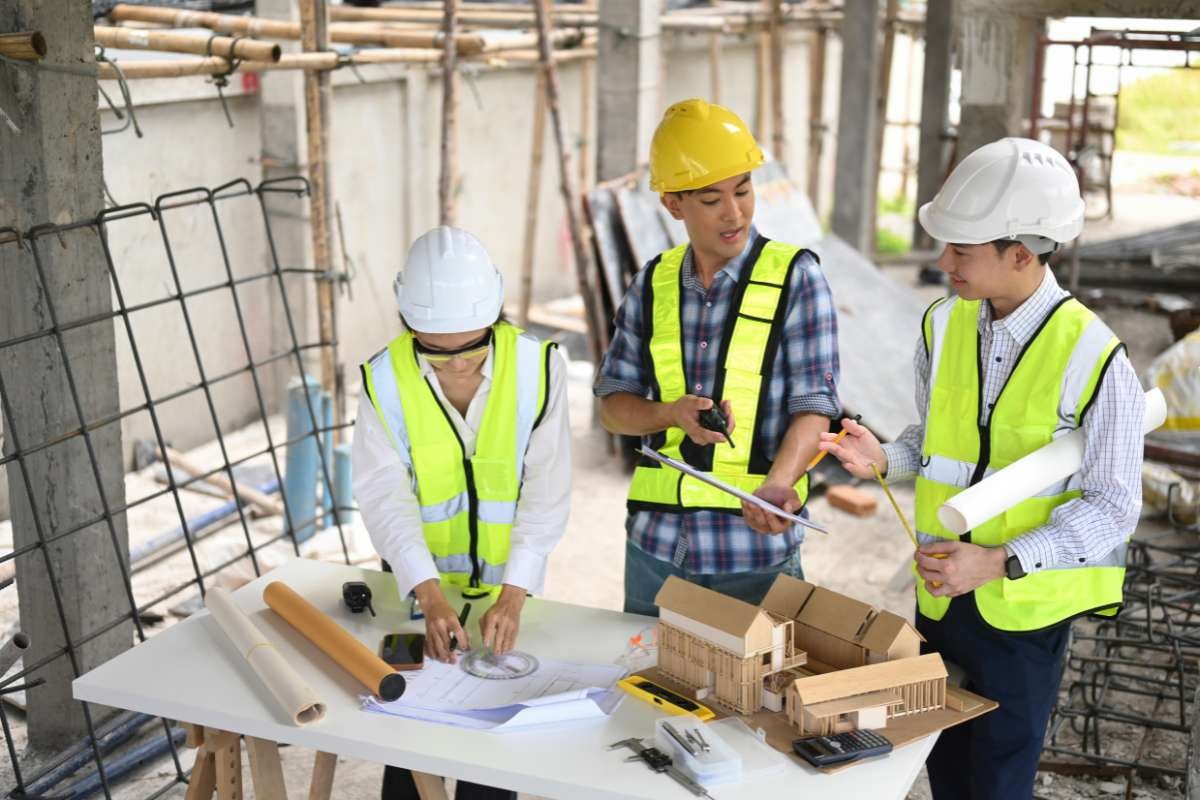When it comes to efficient material handling in various industries, chain conveyors play a vital role. However, like any mechanical system, these, too, can experience issues that affect their performance. This post will explore the 10 most common problems with chain conveyors and provide practical solutions to fix them. By understanding these issues and implementing appropriate measures, businesses can enhance the reliability and longevity of their chain conveyor systems.
Let’s Explore the 10 Most Common Problems With Chain Conveyors:
1. Chain Breakage
One of the most common problems with chain conveyors is chain breakage. This occurs when the chains become overstressed due to excessive loads or improper installation. Regular inspections are crucial to addressing this issue. Look for signs of wear, corrosion, or damaged links. If any abnormalities are found, replace the affected sections immediately.
2. Misalignment
Another common issue is misalignment between the chains and sprockets. Misalignment can lead to increased wear on both components and eventually result in premature failure. Regular maintenance checks should include adjustments to ensure proper alignment between the chains and sprockets. Additionally, consider installing alignment guides or automated monitoring systems to detect deviations early.
3. Excessive Noise

Excessive noise can be detrimental not only to employee well-being but also to the overall productivity of an operation. Noisy chain conveyors may indicate underlying problems like improper lubrication or worn-out components such as bearings or idler rollers. Regularly inspect all moving parts and apply appropriate lubricants as recommended by the manufacturer’s guidelines.
4. Jamming or Stalling
Chain conveyors may get jammed or stalled during operation due to various factors, such as foreign objects in the system, uneven loading, or inadequate tensioning of chains. Adequate preventive measures can minimise these occurrences – keep work areas clean, implement load leveling techniques whenever possible, and ensure that tensioning devices are properly calibrated.
5. Conveyor Overloading
Overloading a chain conveyor causes significant strain on the system, potentially leading to failed chains, sprockets, or motors. To rectify this problem, it is essential to adhere to the weight load limits specified by the conveyor manufacturer. Implementing automated load monitoring systems and regular training for operators can further prevent overloading incidents.
6. Failing Drive or Motor
Drive or motor failure is another critical issue that can hinder the smooth operation of a chain conveyor. This problem could be due to worn-out parts, improper lubrication, overheating, or electrical issues. Routine inspections and maintenance should include checks on the drive assembly and motor components, focusing on wear and tear indicators like excessive heat generation or abnormal noise.
7. Excessive Wear

Chain conveyors often experience accelerated wear due to abrasive materials or insufficient lubrication. Such wear can lead to higher friction levels between the chains and various components in the system. Regular lubrication using appropriate lubricants can mitigate excessive wear problems. Additionally, consider implementing material-specific chain coatings or covers to reduce abrasion.
8. Chain Slippage
Chain slippage can occur when tensioning devices are improperly set or become loose over time. It may also result from worn-out chains or sprockets with poor engagement profiles. Proper tensioning methods will ensure that chains remain secure during operation and don’t slip off sprockets. Periodically check for tension adjustments and replace worn-out parts promptly.
9. Inadequate Tracking
A chain conveyor must maintain proper tracking along its entire length for smooth operation. Issues like sudden shifts in product weight distribution can cause misalignment over time, resulting in skewed tracking conditions – more commonly referred to as “dog-tracking”. Implement automated tracking systems like sensors to constantly monitor the belt position and make real-time adjustments if required
10. Poor Maintenance Practices

Finally, poor maintenance practices contribute significantly to conveyor failures and performance issues overall. Recognising this, it’s crucial for businesses to regularly train staff on proper maintenance techniques, create a detailed maintenance schedule, and designate qualified personnel to manage maintenance tasks. Healthy housekeeping routines, efficient lubrication practices & system inspections contribute substantially towards minimising issues.
- Also read: Different Types of Conveyors and Their Uses
Conclusion
Addressing these common problems with chain conveyors is crucial for maintaining optimal performance and reliability. Regular inspections, appropriate lubrication, correct tensioning, and adherence to weight load limits are some key practices that can significantly extend the lifespan of a chain conveyor system. By implementing proactive maintenance measures and investing in automation systems where necessary, businesses can ensure smooth operations and enhance overall productivity while minimising costly downtime associated with conveyor failures.


















